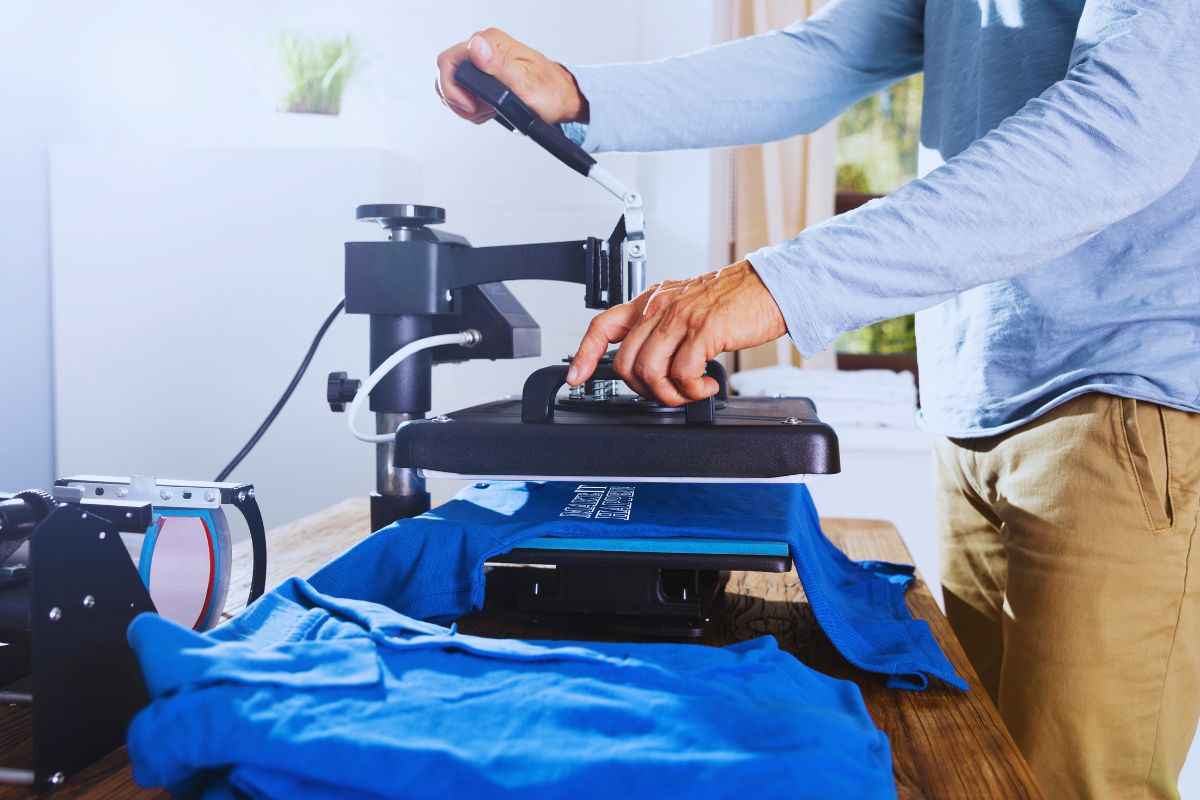Determining the cost of t-shirt printing typically involves several factors that can influence the final price. When you decide to get custom t-shirts printed, whether for your business, an event, or personal use, understanding the variables in pricing is crucial. From the quality of the fabric and the complexity of your design to the quantity of shirts you’re ordering, each element plays a role in the overall cost. Additionally, printing techniques such as screen printing or digital printing can affect both the durability and the price of your custom apparel.
Another aspect to consider is the cost structure of the printing service you choose. Some companies offer pricing models that are scaled according to the volume of your order, with discounts applied to bulk purchases. This is why it’s useful to know how many t-shirts you’ll need beforehand, as larger orders often reduce the cost per shirt. Furthermore, if you’re looking to add extra customization options, such as special inks, or planning to use sustainable materials, these choices may also reflect in a higher price point. Always remember that additional services, like expedited shipping or special packaging, can contribute to the final expense.
The transparency of pricing is something to look out for; some companies provide online calculators that allow you to estimate the cost of your project before you commit. These calculators typically require you to input details about the t-shirts and the design, and they factor in any extra services you might require. Armed with the right information about pricing components and available resources, you can make informed decisions and find a balance between quality, customization, and budget for your t-shirt printing needs.
Understanding T-Shirt Printing Costs
When you decide to print custom T-shirts, your choices in printing methods and materials directly influence the overall cost. Let’s navigate the factors affecting the price so you can budget effectively for your custom apparel.
Types of Printing Methods
- Screen Printing: This traditional method is cost-effective for large orders due to its setup costs being spread across the entire batch. It works by pushing ink through a mesh stencil onto the shirt. The more T-shirts you order, the less each one will cost.
- Embroidery: This is a different technique where thread is stitched onto your T-shirt for a textured, durable design, usually more costly due to the precise and time-consuming nature of the method.
- Digital Printing: Also known as Direct-to-Garment (DTG), this method sprays the ink directly onto the T-shirt and allows for intricate, multi-colored designs. It is often preferred for smaller orders or designs with extensive color detail since it doesn’t require setup costs.
Material and Ink Considerations
- Quality of Fabric: The choice of fabric impacts both the comfort and price. Premium fabrics, such as 100% cotton or organic materials, will be more expensive but offer a better feel and durability.
- Type of Ink: The ink used in T-shirt printing can affect both the final appearance and cost. Water-based inks are commonly used in screen printing and provide a softer touch, while plastisol inks are thicker and more vibrant, yet potentially more costly.
By understanding these integral components—the printing method you select and the materials you choose—you’ll have a clearer picture of the t-shirt printing costs involved in your project.
Factors Influencing Printing Prices
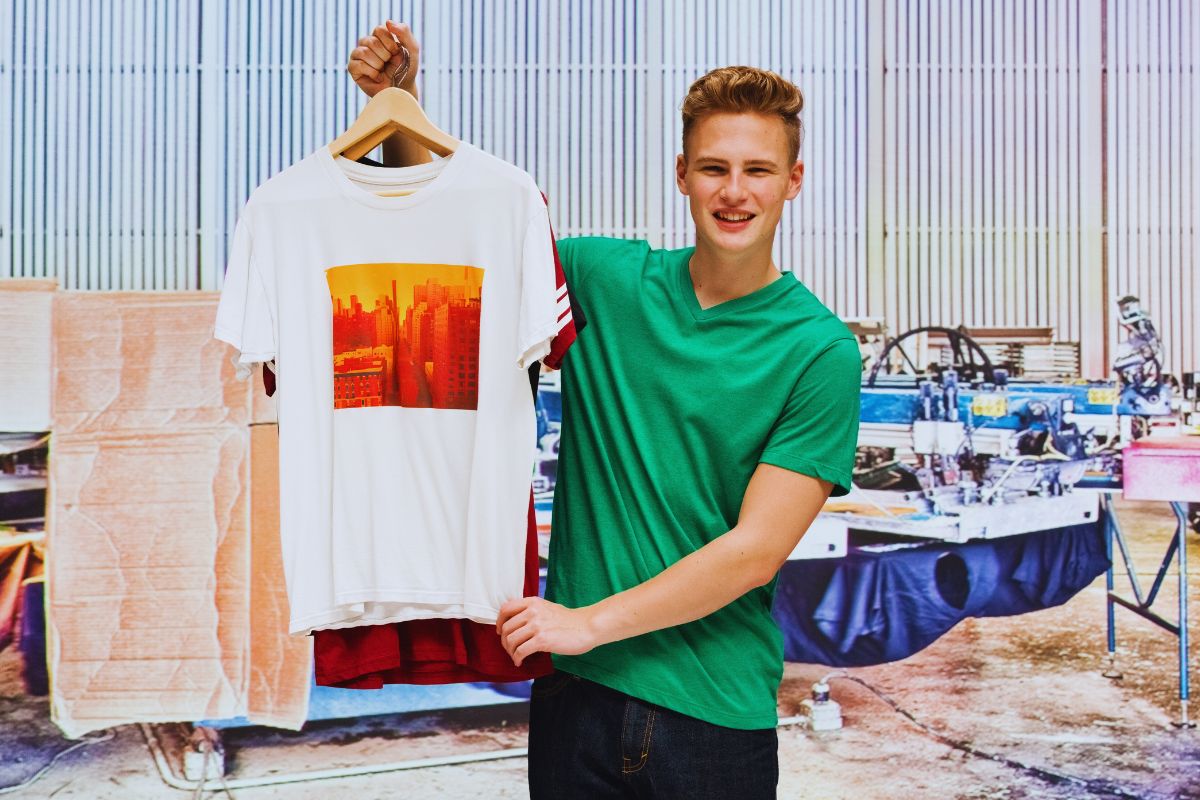
When you’re considering getting custom t-shirts printed, your costs will be affected chiefly by the complexity of your design, the quantity of shirts you’re ordering, and the specific size and color choices you make. Let’s break down how these factors impact the final price.
Design Complexities
The complexity of your design is a primary driver of printing costs. A design with multiple colors or intricate details requires more time and labor to print. If your design includes both front and back printing, the cost will increase accordingly. Also, different ink colors may need to be applied separately, adding more layers of complexity and, therefore, expense.
Quantity and Bulk Orders
Bulk orders can significantly reduce the cost per item. The price per shirt tends to decrease as the quantity increases due to economies of scale. For instance:
- Small orders (under 12 shirts): Higher cost per shirt
- Medium orders (around 40 shirts): Reduced cost per shirt
- Large orders (100+ shirts): Substantially lower cost per shirt
Buying more can leverage bulk pricing advantages, so if you have the storage space and upfront budget, consider ordering in larger quantities.
Size and Color Variations
The cost of printing can vary based on the sizes and colors of the shirts you select. For instance, a white shirt may be less expensive than a colored one since white fabric often costs less. Additionally, plus sizes or uncommon sizes might incur extra charges. Here’s a simple breakdown:
- White shirts: Usually cheaper than colored
- Colored shirts: Might require additional layers of ink to ensure design vibrancy
- Plus sizes/uncommon sizes: Potentially higher costs per shirt
By understanding these factors, you can make informed decisions to manage your custom printing costs effectively.
Pricing Strategies for Businesses
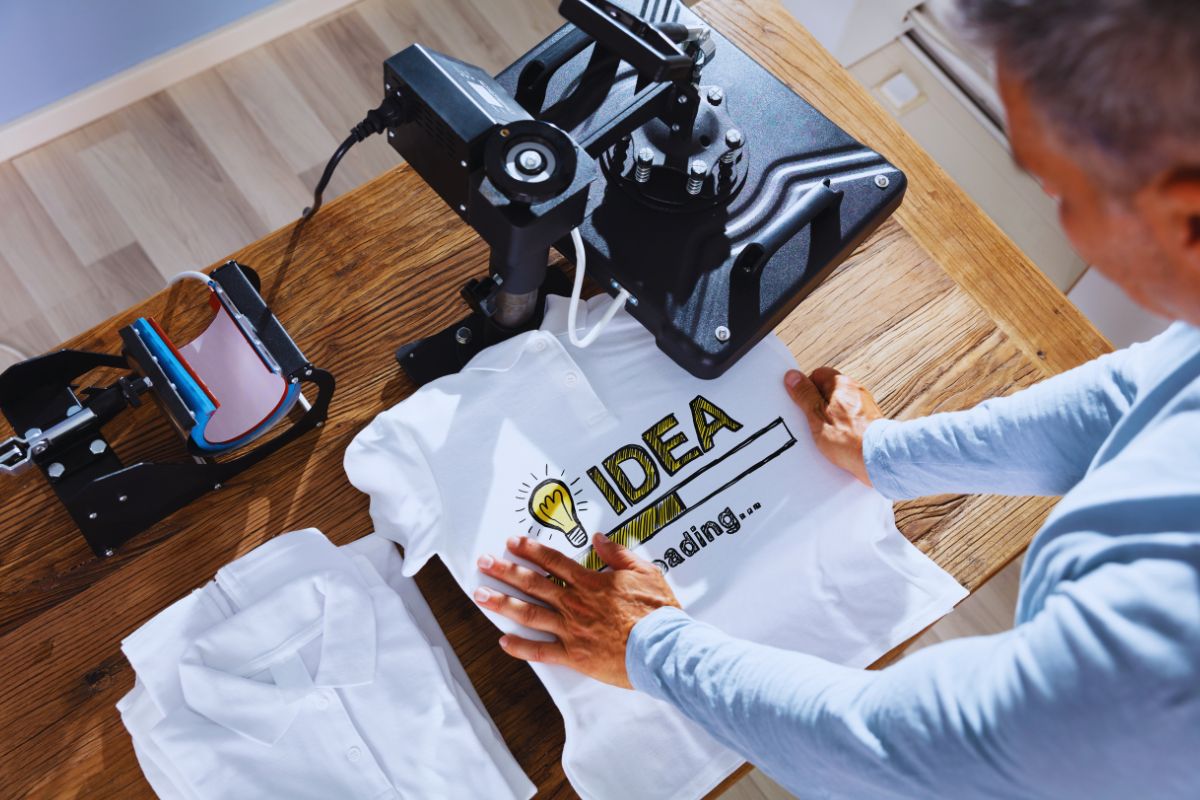
In the competitive t-shirt business, implementing effective pricing strategies is crucial to ensure sustainability and profitability. You need to accurately calculate production costs, set retail prices that consumers are willing to pay, and maintain profit margins to thrive.
Setting Retail Prices
To set your retail prices, a common approach is to double your wholesale selling price, leading to a 50% profit margin or a 100% markup on your production costs. This simple formula ensures a healthy profit while remaining competitive:
- Wholesale Price x 2 = Retail Price
Calculating Production Costs
Your production costs should include all the expenses involved in creating a t-shirt, such as material, labor, and manufacturing. A thorough calculation provides clarity on your baseline expenses before adding a margin. Here is what you need to consider:
- Material Costs: cost of the blank t-shirt, ink, etc.
- Labor: time spent in printing and handling.
- Overheads: utilities, rent, equipment depreciation.
- Additional Expenses: shipping, special packaging.
Once tallied, this total is your base cost.
Maintaining Profit Margins
To ensure longevity in your t-shirt business, it’s advisable to aim for a profit margin of around 40-50%. Adjust your retail price to align with your desired margin, considering the competitive landscape and perceived value by customers. For instance:
- Base Cost (Production + Additional Costs) x Profit Margin % = Final Profit
- Base Cost + Final Profit = Final Retail Price
Avoid pricing solely based on your competition; factor in your brand’s value proposition, which can justify higher prices if communicated effectively. Embrace all-inclusive pricing encompassing production, shipping, and other costs to offer transparency to your customers.
The Role of Customization in T-Shirt Printing
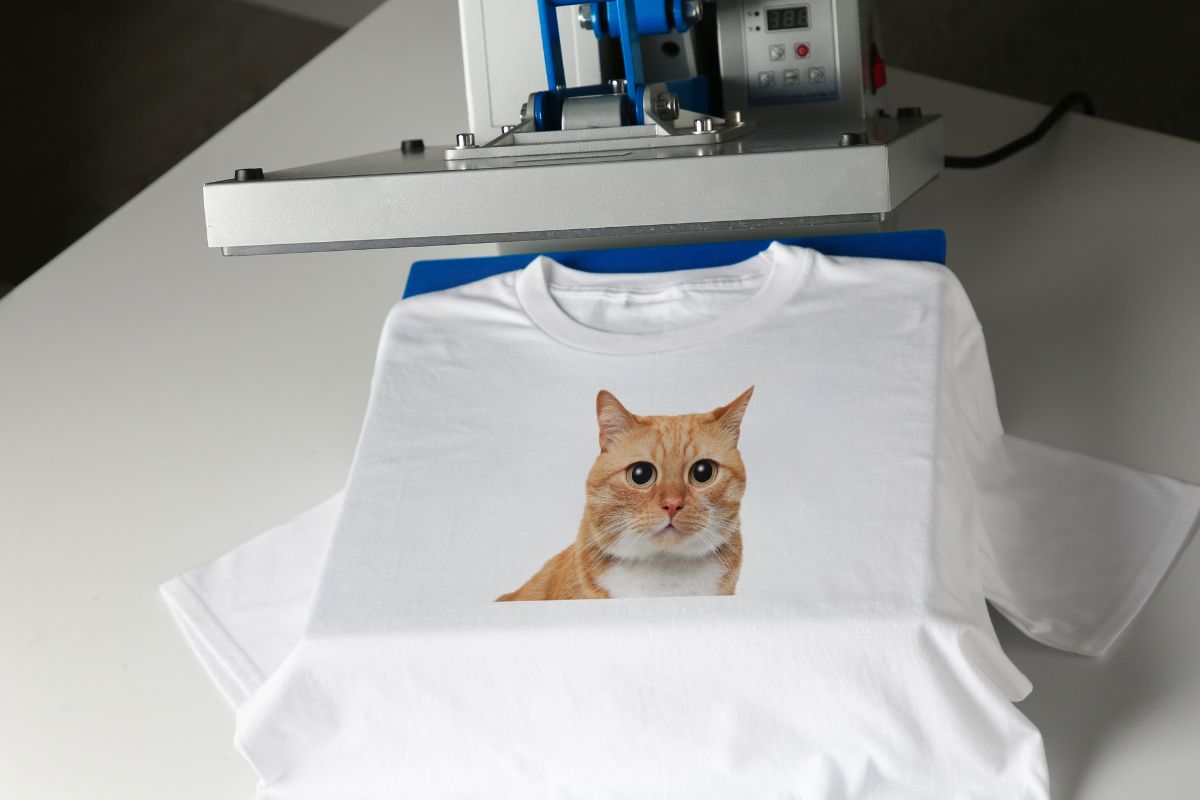
Customization transforms ordinary t-shirts into powerful tools for personal expression or brand representation. By tailoring the look and message of your t-shirts, you can achieve a garment that effectively conveys your identity or your brand’s ethos.
Custom T-Shirt Designing
Your journey in custom t-shirt creation begins with the design. This personalized element is the foundation of your shirt’s impact. When you’re projecting an image or message, the design determines not only aesthetic appeal but also the cost of production. Here are factors influencing design-related costs:
- Complexity: More colors and details typically increase the price.
- Color Count: Each additional color might require a separate screen in screen printing.
- Print Size & Placement: Larger or unconventional prints may incur additional charges.
It’s important for you to understand that these factors directly affect the time and materials needed for printing, thereby influencing the overall cost.
Branding and Personalization
Custom t-shirt printing offers an invaluable opportunity for branding and personalization that resonates with your audience:
- Branded Apparel: Custom t-shirts serve as walking advertisements. The logo’s visibility and the shirt’s overall quality can enhance or tarnish your brand’s reputation.
- Personalized T-Shirts: Whether for an event or as personalized merchandise, each t-shirt you customize tells a unique story. It’s pivotal to find a balance between cost and the desired level of personalization to maximize impact and maintain budget control.
Order and Shipping Procedures
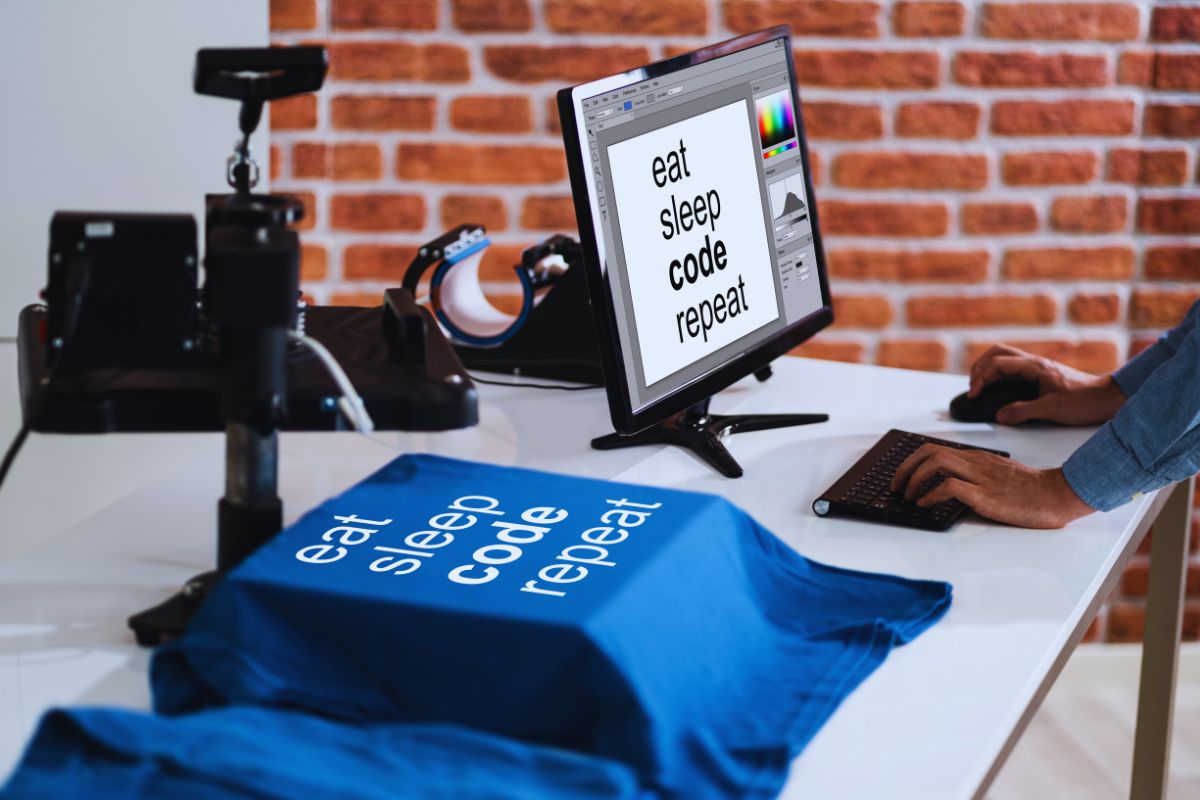
When you decide to purchase custom T-shirts, understanding the specifics of order placement and shipping procedures can help you save money and time. Here’s how to effectively navigate the world of shipping costs and how to order your personalized apparel.
Understanding Shipping Costs
Shipping costs can vary widely depending on the vendor. As a smart shopper, here are some factors you need to consider:
- Volume: Some companies offer free shipping with no minimum order, which can be cost-effective if you intend to buy in small quantities.
- Thresholds: Look for free shipping thresholds that match your order value to avoid unnecessary costs.
- Updates: Ensure the vendor provides regular updates so you can track your shipment.
To understand the specific shipping costs for your order, it is often best to directly contact the vendor.
How to Order Custom T-Shirts
Ordering your custom T-shirts involves a few straightforward steps:
- Choose your T-shirt: Select the quality and style that meets your requirements.
- Design: Submit your custom design or use the vendor’s design tools.
- Estimate: Use tools like pricing calculators to get an estimate of the cost.
- Order: Place your order, ensuring there are no minimum purchase requirements that could lead to overordering.
- Payment: Complete the purchase with your preferred payment method.
To sell your products efficiently or for any personal use, ordering the right way is as crucial as choosing the right product.
Additional Products and Services
When opting for custom apparel, you have a range of additional products and services to choose from, which impact the final cost. This includes options such as custom embroidery and extending your branding to a variety of merchandise.
Custom Embroidery Options
Custom embroidery adds a durable and premium feel to your merchandise, and it’s a popular choice for items like hats and polo shirts. Embroidery pricing typically depends on:
- The size of the design (measured in stitches)
- The number of locations to be embroidered on the product
For example, you might choose to embroider your logo on the front of a hat or the sleeve of a t-shirt. Additional costs to keep in mind include:
- Digitization fee (turning your design into an embroidery file)
- The cost of the items themselves
Printing on Other Merchandise
In addition to t-shirts, you might want to expand your range of custom branded products to include other items such as hoodies, tote bags, or jackets. Each of these items can be printed with various methods, including screen printing or digital printing. Factors affecting the cost of printing on these items include:
- The type of item and the material it is made from
- The complexity of your design
- The number of colors used in your design
When printing on a variety of merchandise, simplify your design process by ensuring your design is versatile across different products. This will help to streamline production and reduce costs.
Optimizing Budget for T-Shirt Orders
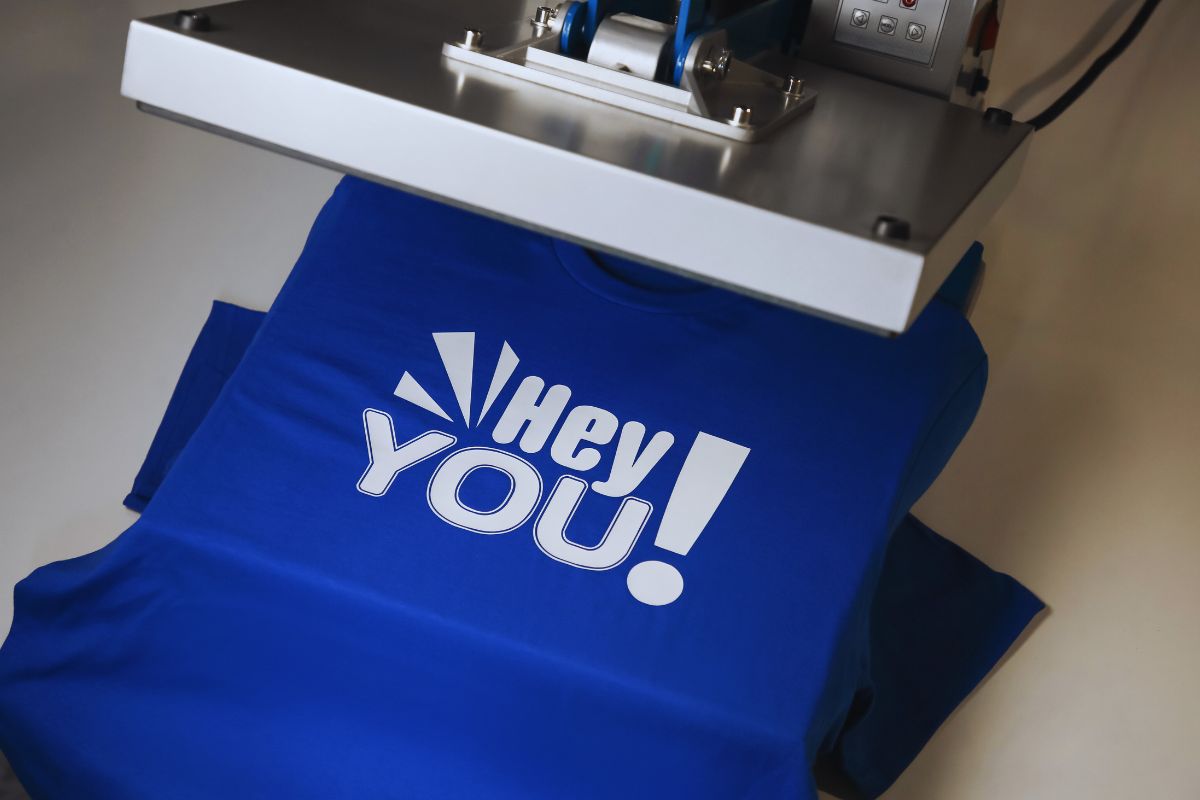
In managing your budget for custom T-shirt orders, understanding the interplay of cost factors and opportunities for discounts can lead to substantial savings. This section discusses how to find affordable printing solutions and leverage discounts to maximize the value of your order.
Affordable T-Shirt Printing Solutions
The key to affordable T-shirt printing lies in detailed planning and understanding the cost variables. Start by selecting a fabric that balances quality with cost. Next, consider the printing method; screen printing can be cost-effective for larger orders, though it may have upfront setup fees. For smaller orders, direct-to-garment (DTG) printing might be a more viable option, as it lacks setup costs. Always remember that additional customizations, like extra colors or print locations, will increase the price.
To ensure you’re getting the best deal, compare quotes from several print companies. Look not only at the per-shirt cost but also at the breakdown of costs, which should be transparent. Check for any hidden fees, such as for artwork processing or shipping.
Cost-Saving Tip Table:
| Quantity | Printing Method | Cost-Effective Strategy |
| Small | DTG | No setup fees |
| Medium | Screen Printing | Bulk order discounts |
| Large | Screen Printing | Reduced per-unit cost |
Learn more about each printing method to understand their cost structure; many organizations provide detailed pricing on their websites.
Leveraging Discounts and Deals
To optimize your T-shirt order within your budget, seek out available discounts and deals. Buying in bulk can often reduce the cost per item significantly, as most companies offer price reductions for larger quantities. Ask about organization discounts if you’re ordering for a nonprofit, school, or business. Also, consider the timing of your purchase; seasonal promotions or special events might offer an opportunity for additional savings.
It’s wise to inquire about comprehensive deals that package the T-shirt cost with other services you might need, such as free shipping, special packaging, or additional customization. By bundling services, you can often reduce the overall cost as opposed to paying for each element separately.
Discount Checklist:
- Bulk order pricing
- Organizational deals
- Seasonal promotions
- Bundled service offers
For more specialized savings, sign up for newsletters or follow social media pages of your preferred printing companies to stay informed about their latest deals and offers.
Frequently Asked Questions
When exploring t-shirt printing costs, your specific needs play a significant role. Here, you’ll find concise responses to key cost considerations for custom t-shirt printing.
What is the average cost for screen printing a single shirt?
Screen printing a single t-shirt can cost between $8 to $15. This price might change based on design complexity, shirt quality, and the number of colors used.
Can you provide a cost breakdown for bulk t-shirt printing?
In bulk printing, the price per shirt decreases as the quantity increases. Factors influencing the cost include fabric quality, print method, design, and the number of print locations. A bulk order can drop the price of each shirt to a range typically below the cost of a single shirt print.
What are the most economical printing methods for t-shirts?
The most economical printing methods are usually screen printing for high quantities or heat transfer for smaller runs. However, for very large batches, Direct to Garment (DTG) printing can be cost-effective despite higher initial setup costs.
Is self-printing a cost-effective alternative for t-shirt production?
Self-printing can save money mainly if you’re producing large volumes or starting a t-shirt business. Initial setup costs for equipment and learning curve should be taken into account when evaluating cost-effectiveness.
How does the number of colors affect the cost of t-shirt printing?
The number of colors notably affects screen printing costs, as each color requires a separate screen and additional setup time. In contrast, for DTG, the number of colors has less impact on the total cost.
What additional costs can be expected when producing custom printed t-shirts?
Expect to encounter additional costs for artwork setup, shipping, and potential rush fees if you’re on a tight deadline. Always inquire about any hidden or extra charges that may apply to your order.

